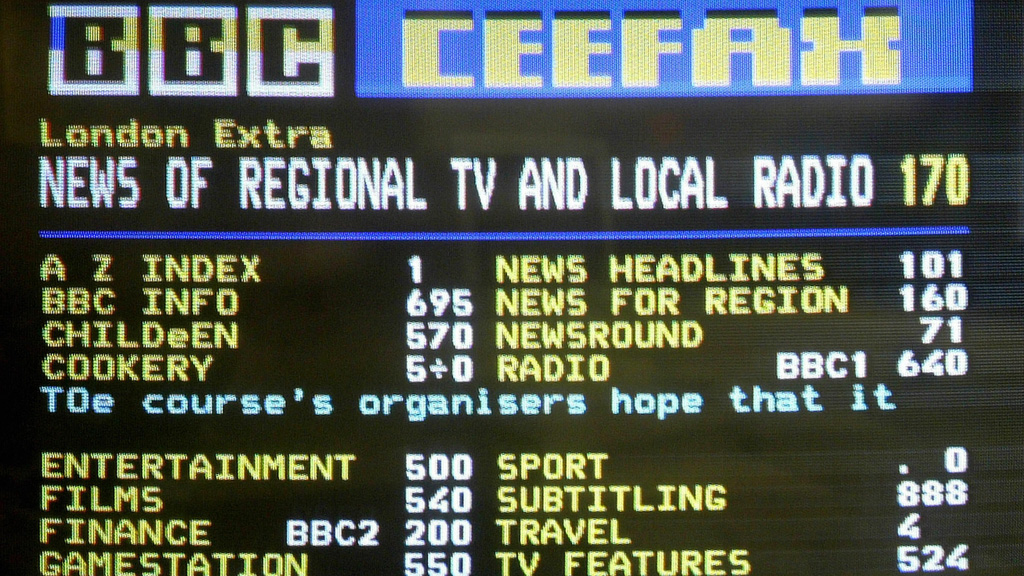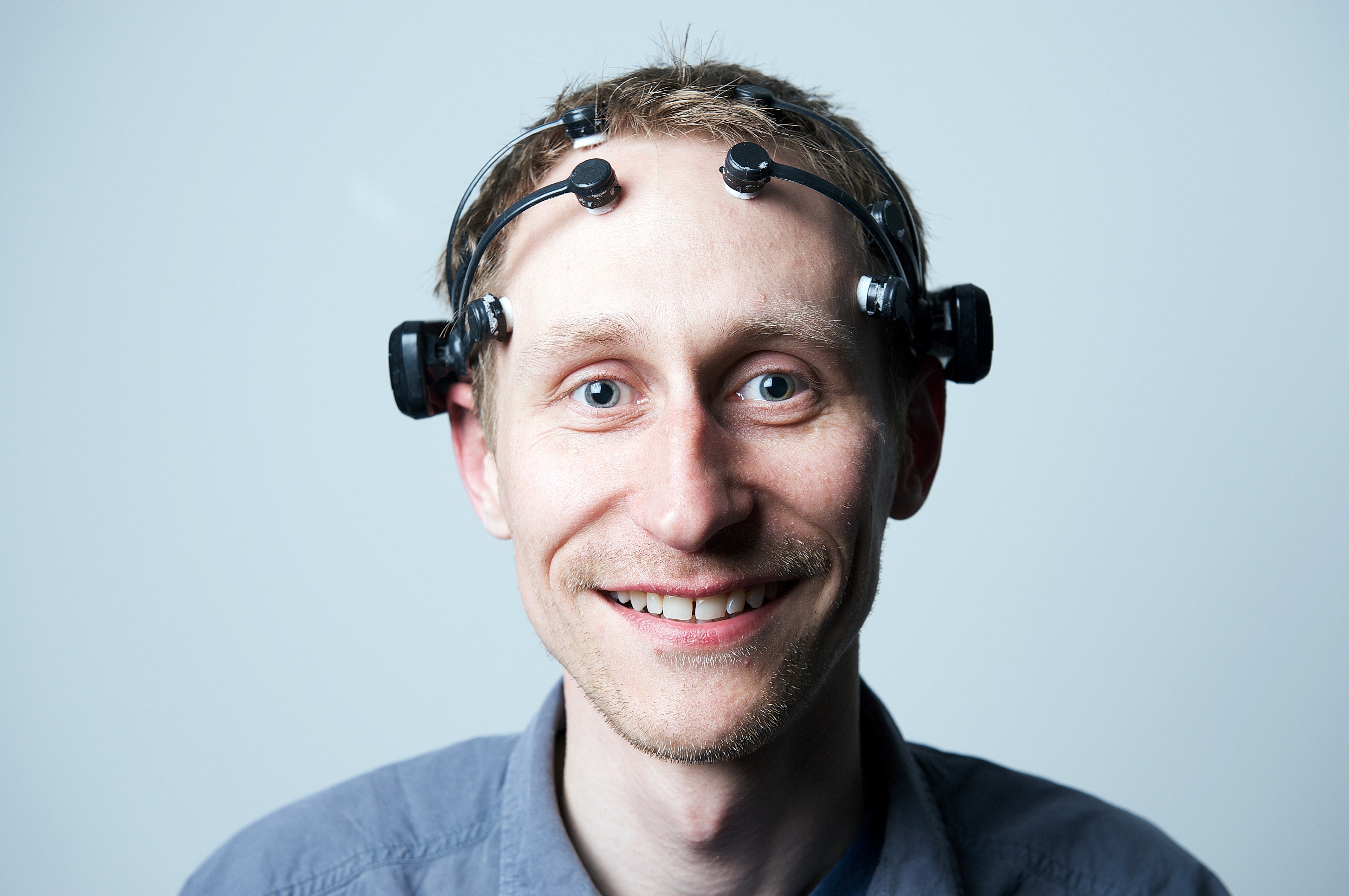How people with disabilities inspire cutting edge technology
Some gadgets we depend on were developed for people with disabilities, Channel 4 News looks at inventions from the past and products intended for the disabled that could appeal to a mass market.

Typewriter
We have blind people to thank for inspiring the creation of the computer keyboard, or rather its forerunner the typewriter. These include a blind Italian aristocrat from the 19th century.
The Italian countess Carolina Fantoni da Fivizzon was something of a muse for Pellegrino Turri, who invented an early version of the typewriter in 1808. She was blind and not able to write legible letters to her sighted friends. The prototype for the typewriter was designed by Turri to solve this problem for her.
A later version, one of several developed by Charles Thurber, was also intended as an aid to the blind.
Teletext
In a pre-internet era, teletext offered an on-demand service that TV or radio did not provide at the time. It allowed the public a way of accessing the latest news, as journalists would publish it as soon as they received it.
Launched in 1974, the world’s first TV-based teletext system Ceefax was developed by BBC engineers exploring ways to provide subtitles for deaf television viewers. While doing so, they found it was possible to transmit full pages of text information in the “spare lines” transmitted on the analogue TV signal.
Within a few years other teletext services were launched in the UK and overseas, including ITV and Channel 4’s ORACLE. Ceefax was finally cancelled in 2012 when the analogue signal was turned off.

Eye tracking
Tracking eyeball movements is not a new science, but it has the potential to help people with severe disabilities gain more independence. Paraplegics and quadriplegics are already operating computers and wheelchairs using eye trackers.
Now, the technology is being used more widely, for example alerting drowsy drivers, diagnosing brain trauma and in marketing, where it can help companies analyse how consumers react to their products and advertising.
Pricesare falling so quickly that mainstream consumer use of this technology may not be far off. A Chinese maker of household appliances has recently unveiled a prototype TV controlled by a viewer’s gaze.
Chatty web
People whose sight is not strong enough to read internet pages currently rely on electronic reading equipment called screen readers. But while a sighted person can quickly scan a page to pick out key bits of information, a screen reader normally has to read out the page in its entirety.
IBM-developed software with a working title of Chattyweb was designed to allow blind people to scan web pages easily. It was developed by a partnership between the technology giant and the Royal London Society for Blind People (RLSB). It is designed to help users interrogate a page by asking questions to quickly identify only the most useful information.
Julian Dailly, director of RLSB, said: “The idea was that if the technology understood more about the page, it would not have to read out everything. If we are on a page and there is a call for action, the software can recognise that.”
Mr Dailly hopes that Chattyweb, will eventually be adopted, not just by people with visual impairments but by people whose hands are busy.
Dale Lane, a software developer at IBM said the project came about after he attended an event at RSLB. “This project is of general interest to IBM,” he explained. “It’s taking what we are doing in other fields and applying it to another problem.”

Mind reading headset
Mind reading used to be a thing of science fiction, but another project by IBM looks set to harness Electroencephalography (EEG) — a technology currently used mainly in medicine – for the benefit of people with disabilities. And soon it may be benefitting us all.
A simple headset, designed for gamers can pick up patterns from the signals in the brain and perform an action based on what it reads. The software is being developed to send emails, but developers hope it could be enhanced to control a network of household appliances, offering people with conditions like locked-in syndrome more independence.
Kevin Brown, a senior inventor in IBM’s emerging technology section, said the project team worked with a man who had lost all movement following a stroke and trained him to move a cube around a screen using his mind alone.
But Mr Brown said there were still hurdles to overcome with the email programme and the Emotiv headset. “It’s quite a slow process – I was exhausted at the end of 20 minutes of sending emails.”
He said that the headsets would need to be scaled down for the mass market and embedded in clothing and mobile devices.
He predicted that if people start sharing their thoughts and emotions on social media, this technology could be used to map patterns of excitement. This could prove useful for businesses and members of the public interested in discovering where there is a buzz, he added.
“If people are showing their locality, you can build up a picture of where the crowds are and show whether they are excited.”




